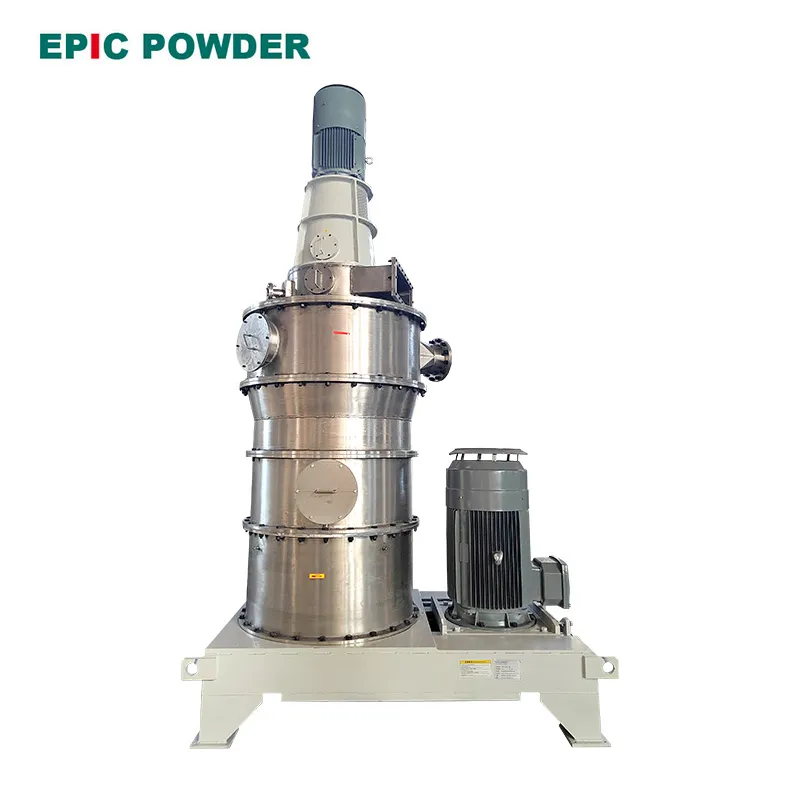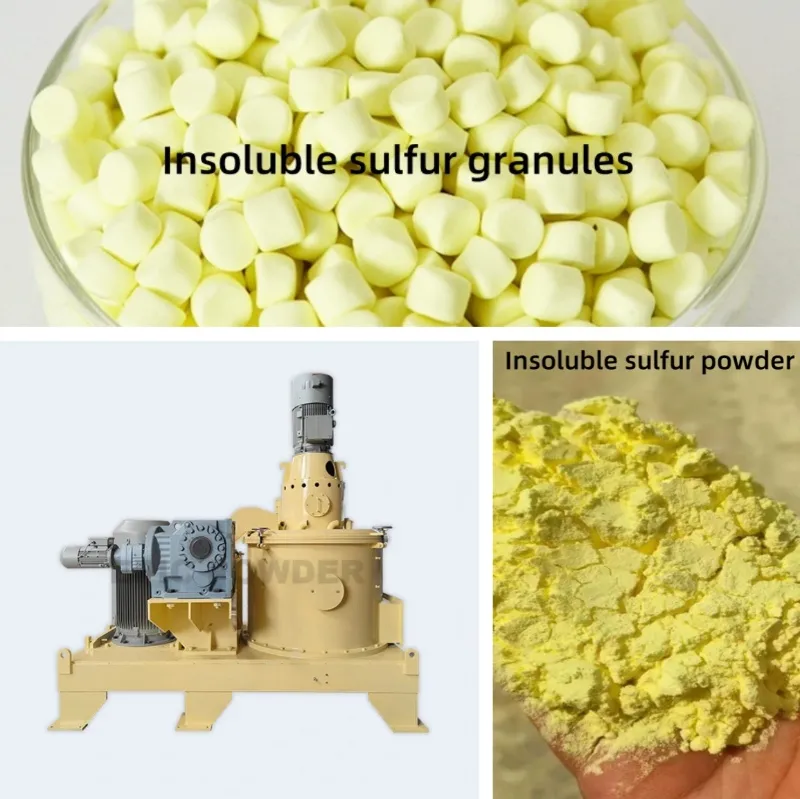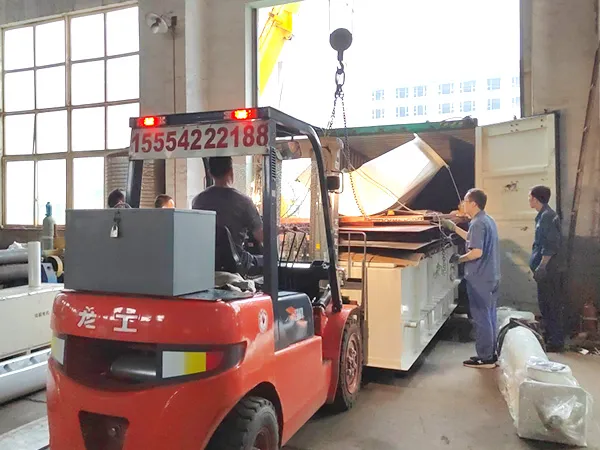Sulfur is a fundamental chemical raw material widely used in sulfuric acid production, pesticides, explosives, rubber vulcanization, lithium–sulfur batteries, and fine chemicals. As downstream industries move toward higher performance and more precise formulations, the particle-size specifications for sulfur powder produced through sulfur grinding have become increasingly stringent. Modern high-value applications often require D90 < 10 μm, D50 < 3 μm, and Span < 1.5.
Traditional mechanical mills struggle to achieve both ultrafine grinding and narrow particle-size distribution simultaneously. The Classifier Mill (ACM), which integrates impact grinding and dynamic classification in a single system, offers a highly effective solution. This expanded article explains the technology from five aspects: sulfur properties, process challenges, ACM working principles, parameter optimization, and industrial cases.

Special Challenges of Sulfur Properties During Grinding
- Sulfur creates a unique combination of handling difficulties:
- Low melting point (112–119°C)
Even moderate frictional heat can soften sulfur, leading to adhesion, aggregation, and chamber blockage. - Explosive nature (LEL = 35 g/m³)
Sulfur dust clouds are highly flammable, demanding strict spark control and inert-gas operation. - Low hardness and electrostatic tendency
Although easy to crush, sulfur particles easily agglomerate, which broadens the distribution. - Temperature sensitivity
Overheating can produce undesirable polysulfides, darkening the product and reducing chemical purity.
These inherent material challenges mean precision process control is essential.
Failure Modes of Traditional Grinding Equipment
| Equipment Type | Major Issues | Particle-Size Performance |
|---|---|---|
| آسیاب چکشی | Screen clogging, overheating | D90 > 50 μm, Span > 3 |
| آسیاب گلوله ای | Media contamination, static agglomeration | D50 ≈ 15 μm, fine-powder yield < 30% |
| Standard jet mill | No internal classification; fine powder recirculates | D90 < 20 μm, but Span > 2.5 |
Core Working Principle of the Air Classifier Mill
The air classifier mill integrates mechanical impact grinding and a turbo classifier within the same chamber. Workflow:
- Coarse sulfur enters the grinding chamber.
- High-speed hammers or pin discs (80–120 m/s) break particles into <20 μm primary powder.
- The particle–air mixture rises into the dynamic turbo classifier (5,000–15,000 rpm).
Only particles smaller than the cut size exit as product; coarse particles return for re-grinding.

Key Control Parameters Ensuring “Ultrafine + Uniform” PSD
| پارامتر | Control Method | Effect |
|---|---|---|
| Classifier speed | 5,000–15,000 rpm VFD | Adjustable cut size from 0.5–5 μm |
| System airflow | Roots blower + VFD | Air velocity 15–25 m/s prevents sticking |
| Feed rate | Loss-in-weight feeder | Load <70% avoids overheating |
| Inert protection | N₂ closed-loop, O₂ < 3% | Prevents explosion, keeps T < 40°C |
| Cryogenic dehumidification | Molecular sieve + cold trap (-10°C) | Moisture < 50 ppm, anti-static |
Measured Data
- At 12,000 rpm and 1,800 m³/h airflow → D50 = 2.1 μm, Span = 1.12
- Reducing speed to 8,000 rpm → D50 = 4.8 μm, Span = 1.35 (rubber-grade)
Industrial Case Studies
Case 1 — Jiangxi Sulfuric Acid Plant
- Model: ACM-1100
- Capacity: 1.5 t/h
- Product result: D90 = 6.5 μm, Span = 1.3, Temperature < 38°C
Case 2 — Israel Lithium–Sulfur Battery Project
- Cryogenic ACM-510 operation at -5°C
- Product result:
- D50 = 1.2 μm
- Span = 0.95
- O₂ < 100 ppm
- Battery cycling performance: 92% capacity retention after 2000 cycles
These cases demonstrate the classifier mill’s industrial reliability and consistency.
نتیجه
The air classifier mill addresses sulfur’s most difficult processing challenges by combining high-efficiency impact grinding, dynamic real-time classification, inert-gas protection, and optimized temperature control. This technology not only enables sulfur powder to reach true ultrafine levels but also maintains a narrow and highly uniform particle-size distribution.
As precision-demanding applications—such as lithium–sulfur batteries, nano-pesticides, and catalytic sulfur compounds—continue to expand, the classifier mill has become the preferred solution for high-quality sulfur powder production.

“Thanks for reading. I hope my article helps. Please leave a comment down below. You may also contact Zelda online customer representative for any further inquiries.”
— Posted by Emily Chen

